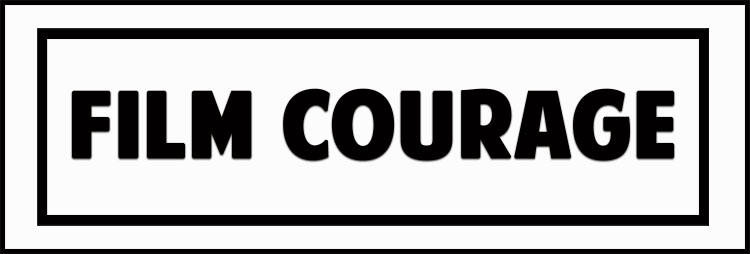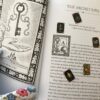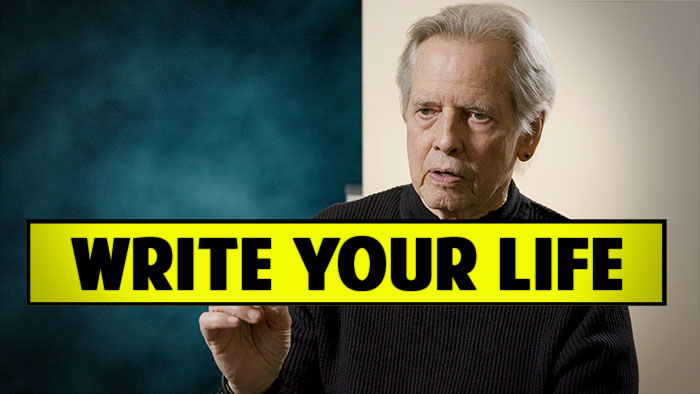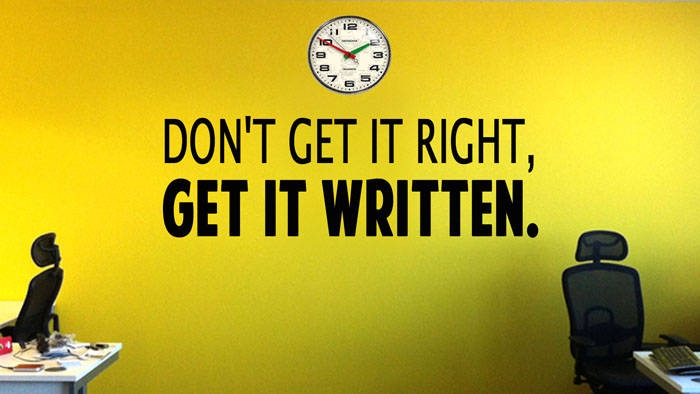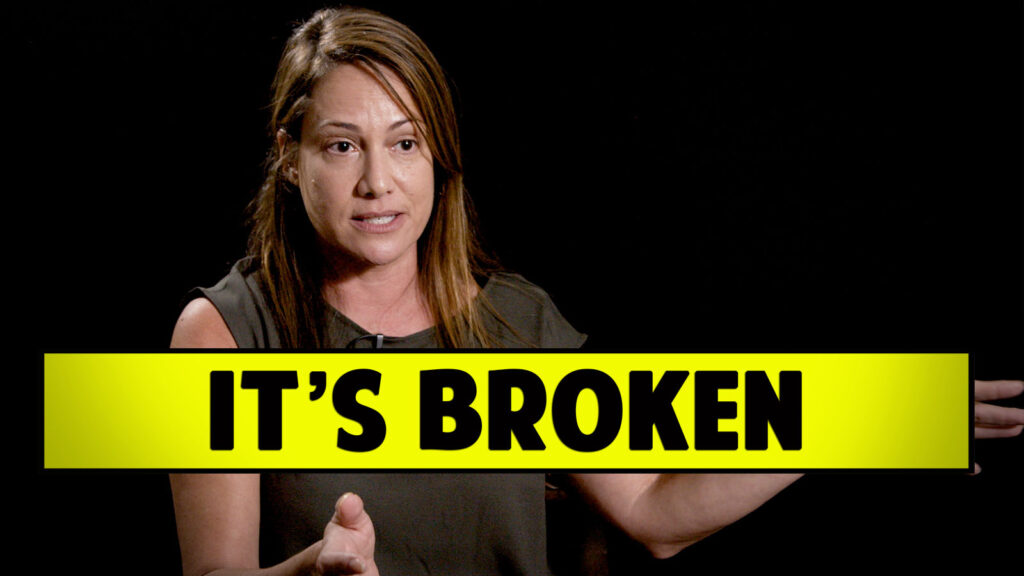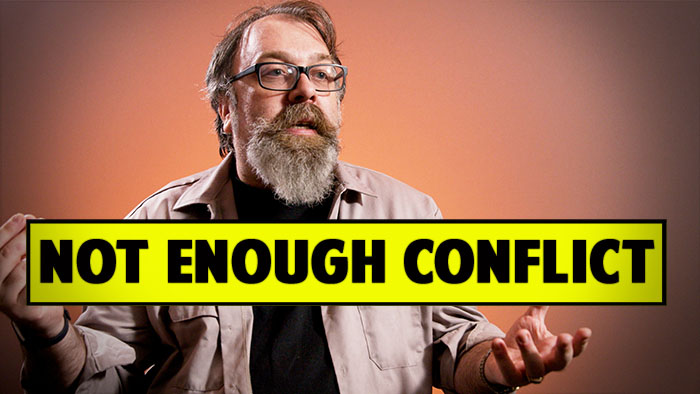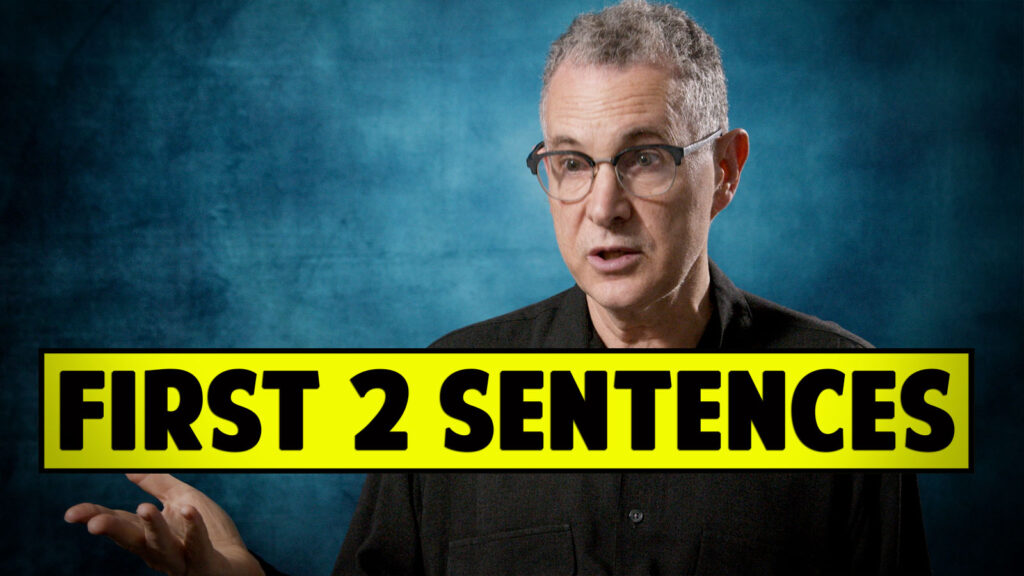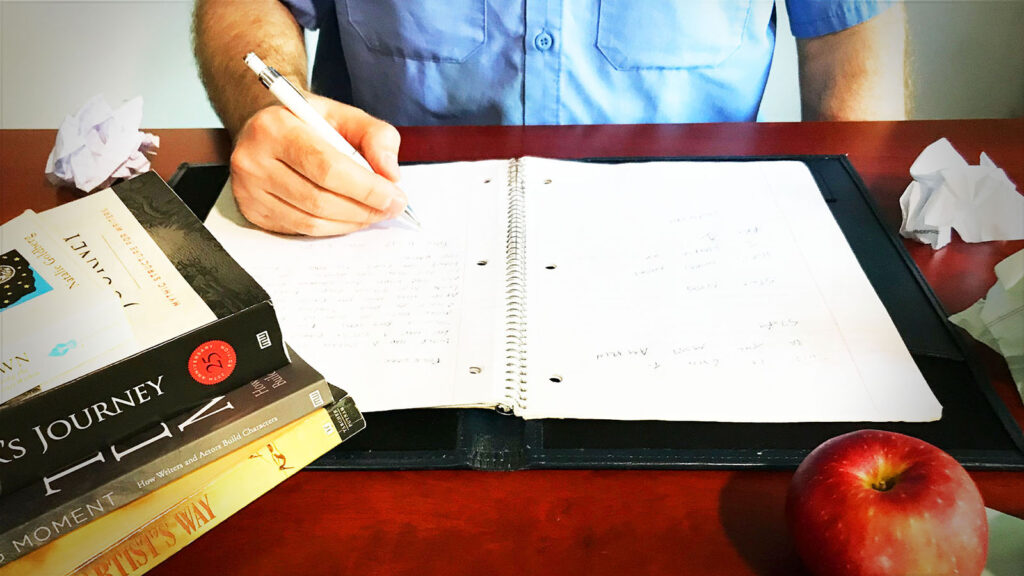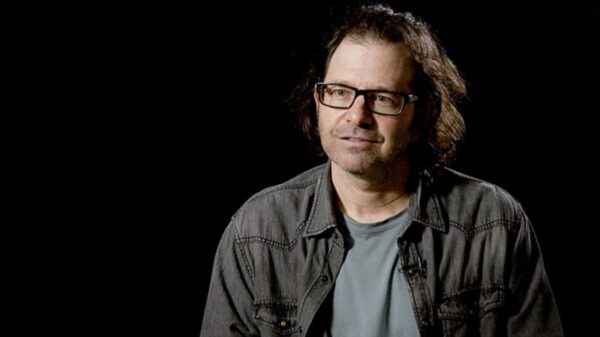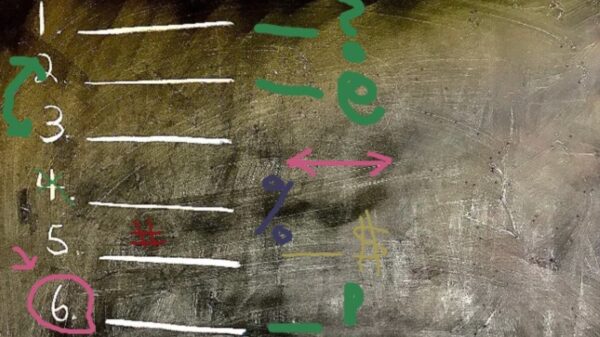
Watch the video interview here on Youtube
Film Courage: I’m wondering if the two of you can tell me about how your editor made sense of all the footage? I know you spent like 5 or 6 years with him [Artist and Documentary Subject Chris Burden] and were very close to Chris and close to the footage as well. How did your editor really help shape the film?
Timothy Marrinan: Yeah, it was a really important process. As you say, we spent a long time filming with Chris, lots of different pieces. We went through his archives, so there’s a lot of raw material there to piece together into a cohesive story. We worked with two editors, Michael Aaglund and Aaron Wickenden, who were fantastic editors. And it was so useful to have them come in with a little more distance than we had, because we had been so close to it for so long. So to get their sort of fresh eyes on the project and help us figure out what was important to go in there and what wasn’t and help shape that story, they were fantastic and it was a really important part of the process of making the film.
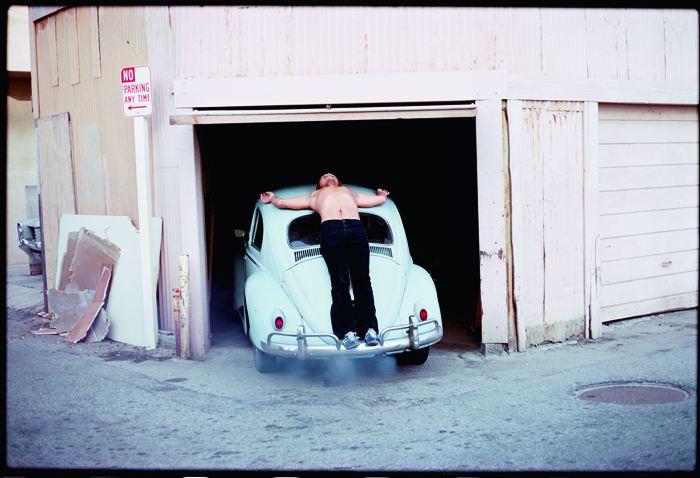
A scene from BURDEN, a Magnolia Pictures release. Photo courtesy of Magnolia Pictures.
Film Courage: How much footage did you have of Chris over the years?
Timothy Marrinan: I suppose it’s hard to say in terms of specific kind of hours and things, but the film took shape over a number of years because Chris’s sculptures take a long time to come together. He works on these things for a number of years before they kind of come together into a finished piece. So our process was visiting him periodically at his studio, checking in on what he was working on, and trying to trace the development of different pieces he was working on, so we ended up with a lot of footage with him. We shot at his studio. We also filmed installations and openings of various pieces and then there is a huge amount of archival material, as well. He opened up his archives to us. So we went back in there to not only find documentation of his performance works and his earlier works, but we also did a lot of digging outside of that to find interviews with Chris from earlier periods in his career to try to really bring those time periods to life, as well as other related material. It’s hard to give a specific number but there was a lot [of footage] to work with. Again, working with our editors and working together to try to make sense of that and to pick what the important parts were was a big process. So we thought it went really well.
_______________________________________________________________________
“I think my takeaway and influence from Chris’s work is really just how important the process is and that patience can really be a virtue in art.”
_______________________________________________________________________

Medusa’s Head in BURDEN, a Magnolia Pictures release. Photo courtesy of Magnolia Pictures.
Film Courage: It was excellent (by the way) seeing him [Chris Burden interviewed] with Regis Philbin and it was interesting to see both of those worlds contrast. I’m wondering how [the two of you] viewing Chris and his work has also shaped how you view your work? How you view artists in general? Because he was so different for his time [has this allowed you] to feel freedom in your own work? Or were you two just so enthralled with Chris that you just focused [solely on him]? Had it changed your view of art in any way and what you do, [as a result of working with him]?
Richard Dewey: I think getting a first-hand view of his process was very important and he was very patient. I think an idea that came out a lot was that sometimes with patience and a process, that takes a long time. Things can come out of that where you go down a path that’s unexpected, you make a discovery that’s unexpected and that happens over the course of years. So I think my takeaway and influence from Chris’s work is really just how important the process is and that patience can really be a virtue in art.
Timothy Marrinan: I would absolutely agree. That was an interesting thing to learn about. And I guess one other thing I found quite inspiring about Chris once we got to know him and dig into his art was his commitment to the work. You know, whether it was his early pieces where he was often quite literally putting his body on the line to explore an idea that was interesting to him. Or his later pieces which I said can take many years and a lot of investment of both time and money to sort of bring together. Often he started those pieces without a clear idea of exactly where they would finish or if they would end up in an institution or bought by a collector or something like that. He really had a lot of dedication to his art, a really clear vision of what he wanted to do (which he stuck to). And that was interesting and inspiring, I think.
Film Courage: I have a quote from Chris and he says “I don’t have to make an object to have it be art. The performance itself can be art.” So since Chris really lived in public, would you say his whole life was an act of artistry in some sense?
Richard Dewey: I think it’s possible to make that argument for the first part of his life but I think there is a real line for the second part of his life where that is not the case and he became a very private person. There was a real separation between his private life and his public life and in his life in the art world. And I think Chris really valued that and I think the work benefited from it as well. I don’t think doing the performances he did and having the blur between his private and public life was long-term sustainable for him or anyone.
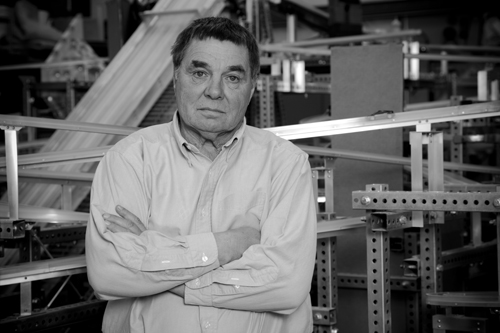
Chris Burden in BURDEN, a Magnolia Pictures release. Photo courtesy of Magnolia Pictures. Photo credit: © Joshua White.
Film Courage: It was interesting [in the film] to see him on his [secluded] Topanga Canyon property and at one point in the film it refers to the fact that he didn’t want to leave as was alluded to in the film and he felt safe there. Because he was so polarizing to those in the art world, do you think that is why he stayed there [close to home] because he felt more protected? He could control what happened to him?
Timothy Marrinan: I think it’s probably fair to say or I would think that the way he did become more private in the second half of his career is probably a reaction to his time doing performances. Whereas Rich said, there was this real blurred line between his public life and his private life. But I think that once he moved up to Topanga, you know he bought some land up there, in the late 70’s/early 80’s and over time built up a studio and a home up there. It was just a place where he was really comfortable. And it was kind of his place to experiment with new ideas. He was always really interested in what the next project was. He was focused on what he was doing next and got so immersed in that and excited by that. So I think it was a place where he just felt really comfortable to experiment with new art works and to pursue the things that were most interesting to him. It was a very comfortable and a creatively free place for him.
Film Courage: How would you compare Chris’s life in the 1970’s to today’s selfie culture and vloggers where we all (essentially) in the modern world live in public and desire to do so? He was doing this all before it became [everyone’s current way of living in 2017].
Timothy Marrinan: It’s interesting. Yes. I think that elements of what he was doing then are precursor to what you see now. He did some pieces where he took control of TV in that he would put his artwork…he would buy ad space on TV and broadcast his artworks there. You see one [spot] right at the start of our film and that was really exciting to him. You know, the idea that he was sort of pushing his art into a non-art context and reaching a new audience with it. And I suppose in a lot of ways, what he did then was kind of a precursor to what you see in the culture more broadly now.
Film Courage: But he was also criticized for that ad in some sense, wasn’t he?
Timothy Marrinan: Yeah, I think that people to a certain extent felt slightly…well some people felt a little bit attacked by it. That they weren’t expecting to see this artwork and then all the sudden they are watching TV and this thing [advertisement] pops in their face. But I think he enjoyed that element of it as well and that reaction to it.
WATCH ‘BURDEN’ TODAY
Magpictures.com/burden
CONNECT WITH RICHARD DEWEY
IMDB
CONNECT WITH TIMOTHY MARRINAN
Timothymarrinan.com
IMDB
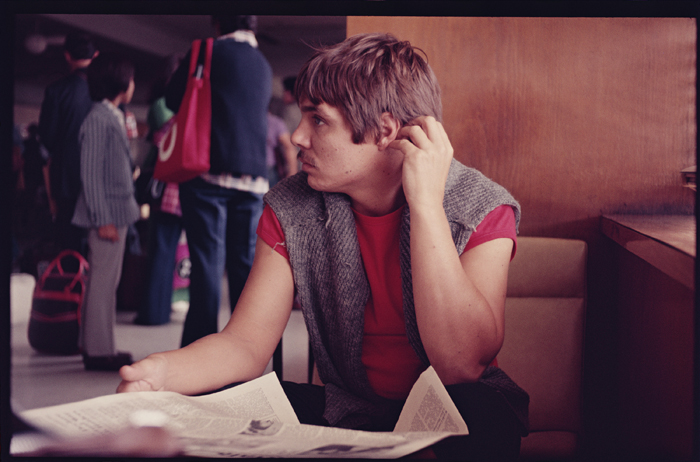
Chris Burden in BURDEN, a Magnolia Pictures release. Photo courtesy of Magnolia Pictures. Photo credit: © Barbara Burden.
About the documentary BURDEN:
Chris Burden guaranteed his place in art history in the 1970s with a series of often dangerous and at times stomach-churning performances. After having himself shot in Santa Ana, confined to a locker for five days in Irvine and crucified on the back of a VW bug in Venice, Burden reinvented himself as the creator of truly mesmerizing installations and sculptures, from a suspended gigantic flywheel that seemingly spins on its own to an assemblage of illuminated, antique streetlights outside the Los Angeles County Museum of Art, Urban Light (2008), which has become one of Los Angeles’ most photographed and iconic symbols. In BURDEN, Timothy Marrinan and Richard Dewey look at the artist’s work and private life with an innovative mix of still-potent videos of his 70s performances, personal films and audio recordings, latter day footage at his Topanga Canyon studio and comments from friends, fellow students, colleagues and critics, all peppered with Burden’s thoughts and musings from throughout the years.
Advertisement

Watch the campaign video on Kickstarter here
Although WEIRD FOLK takes place on election night 2016, it’s not solely about the election and the hysteria associated with it. It’s about the horror that humans can inflict on one another. It is about the ugly monster inside us all. We show all sides of the political spectrum and do not skew in any one direction. More importantly, this story is extremely entertaining and will give you some laughs and some chills. Election 2016 was an anomaly and the events that take place in this movie are as well.

Watch IN CIRCLES on VUDU here
IN CIRCLES – The clandestine world of crop circles is threatened when an ambitious TV journalist plans to expose the truth drawing her into the enigma of lights, Celtic mythology and UFOs to discover both the beauty and danger in the mystery she seeks.

Watch EXODUS on iTunes starting April 18th, 2017
EXODUS documents the journey of Syrian refugees as they cross the Aegean Sea from Turkey into Greece. In the winter of 2015, over three thousand refugees attempted this treacherous crossing everyday, all in hope of seeking asylum in the European Union. It’s a life and death gamble that they are willing to take, all for a chance at a new life away from their war-torn homeland.

Watch FREAK OUT on iTunes here!
FREAK OUT: Matan, a soldier in the IDF, sets off for a week of patrolling in a remote base in the north of Israel with three soldiers whom he doesn’t know. As the week progresses, the soldiers begin to question whether they will come out of this experience alive.

Watch THE HOLLY KANE EXPERIMENT on iTunes here!
THE HOLLY KANE EXPERIMENT: An obsessive psychologist attempts to reprogram her subconscious mind, but when her actions become increasingly uncharacteristic she fears her experiment is dangerously out of control.



